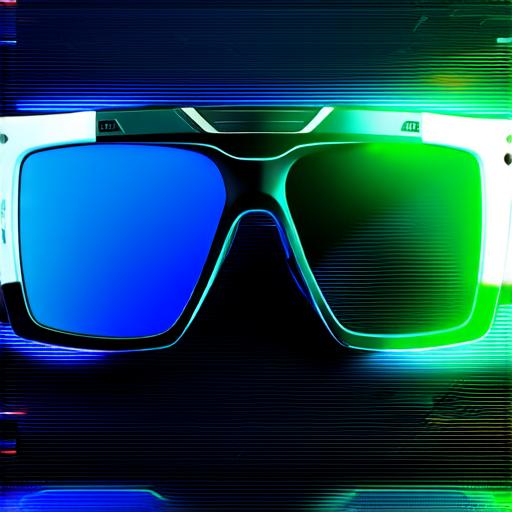1. Understanding AR Technology
Before you can start creating AR experiences, it’s important to have a basic understanding of what AR technology is and how it works.
AR uses a combination of computer vision algorithms and 3D modeling software to create virtual objects that can be overlaid onto the real world. This technology relies on a device with a camera, such as a smartphone or tablet, and a special app that allows users to see and interact with these virtual objects.
2. Choose Your AR Platform
There are several AR platforms available for creating augmented reality experiences. These include Unity, Unreal Engine, and ARKit. Each platform has its own strengths and weaknesses, so it’s important to choose the one that best fits your needs.
3. Design Your Virtual Objects
Once you have chosen your AR platform, it’s time to start designing your virtual objects. This involves creating 3D models of the objects you want to overlay onto the real world.
You can use 3D modeling software such as Blender or Maya to create these models, or you can find pre-made models online that you can customize to fit your needs. It’s important to keep in mind that the more detailed and realistic your virtual objects are, the more immersive and interactive the AR experience will be.
4. Create Your AR Scene
Once you have designed your virtual objects, it’s time to create your AR scene. This involves setting up the environment in which your objects will be overlaid onto the real world.
You can use ARKit or Unity’s built-in tools to create this scene, or you can use third-party software such as Articy Draft for more complex scenes. It’s important to keep in mind that the environment should be designed to enhance the user experience and provide context for the virtual objects.
5. Write Your AR Code
Now it’s time to write your AR code. This involves using the AR platform you have chosen to create a script that will control how the virtual objects are overlaid onto the real world.
You can use C or JavaScript to write your AR code, depending on which platform you are using. It’s important to keep in mind that the code should be optimized for performance and should work seamlessly with the virtual objects and environment you have created.
6. Test and Refine
Once you have written your AR code, it’s time to test your augmented reality experience. You can use a physical device such as a smartphone or tablet to test the experience, or you can use an emulator to simulate the experience on a computer.

It’s important to test the experience in different environments and under different lighting conditions to ensure that it works well in all situations. You may need to make adjustments to the virtual objects or environment based on your testing results.
7. Publish and Distribute
Once you are satisfied with your augmented reality experience, it’s time to publish and distribute it. You can publish the experience on the app store or marketplace for your chosen platform, or you can host it on your own website.
